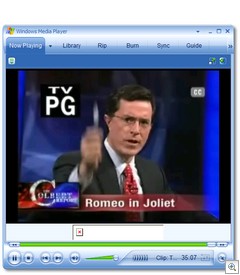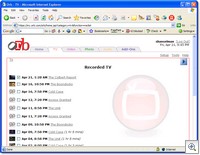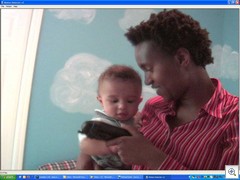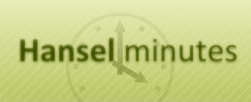Open Source versus Source Out in the Open
An interesting point came up during my talk at Deeper In .NET on Saturday. (Korby Parnell has a flattering writeup as does Avonelle, BTW)
There's a difference between "Open Source" and "Source in the Open."
I've seen folks copy and paste directly from Google Groups and when prompted for a bit of code's origin they announce "It's Open Source."
Despite what many folks may have gleaned from some recent thinking out loud, I'm a fan of Open Source. Within the context of just .NET, I think that the (Windows Development) world is a much better place due to widely successful Open Source applications like NAnt, NUnit, log4net, NCover, Subtext, SharpDevelop, etc.
These projects are great places to learn how to code in .NET.
I made a comment at a conference once, where a lot of folks were badmouthing XML, complaining that the XML spec misses a number of important, albeit edge, cases and that it was generally a mess. Not meaning to be snarky (but succeeding) I introduced our next talk saying "I can't talk to the previous speakers concern about XML, but at Corillian we use success as a metric."
That's really what it comes down to. When you copy/paste/refactor/beg/borrow/steal someone else's code and put it into your application it's important that you know at least two things:
A. What it does.
2. That it works.
When one finds code in production (and you know you've found this yourself) with a link to a Google Group's thread embedded within the code's comments, you might want to pause a moment.
I'm much more likely to snarf an algorithm or technique from NUnit or SharpDevelop because I know those applications work and work well. They are successful by virtue of the fact that they are used. What they lack in Unit Tests they make up in sheer code coverage.
DasBlog has a number of nasty bugs lurking, some we know about, most we don't. However, it's tested every day on this blog and others. I know what it's good at and what it's not.
When an application is a trusted, used, successful "Open Source" Application, chances are it's code is more trustworthy than "Source in the Open."
About Scott
Scott Hanselman is a former professor, former Chief Architect in finance, now speaker, consultant, father, diabetic, and Microsoft employee. He is a failed stand-up comic, a cornrower, and a book author.
About Newsletter







 NOTE: Spread the word on this coupon discount, folks: If you use Coupon Code HM100 you can get $100 off
NOTE: Spread the word on this coupon discount, folks: If you use Coupon Code HM100 you can get $100 off